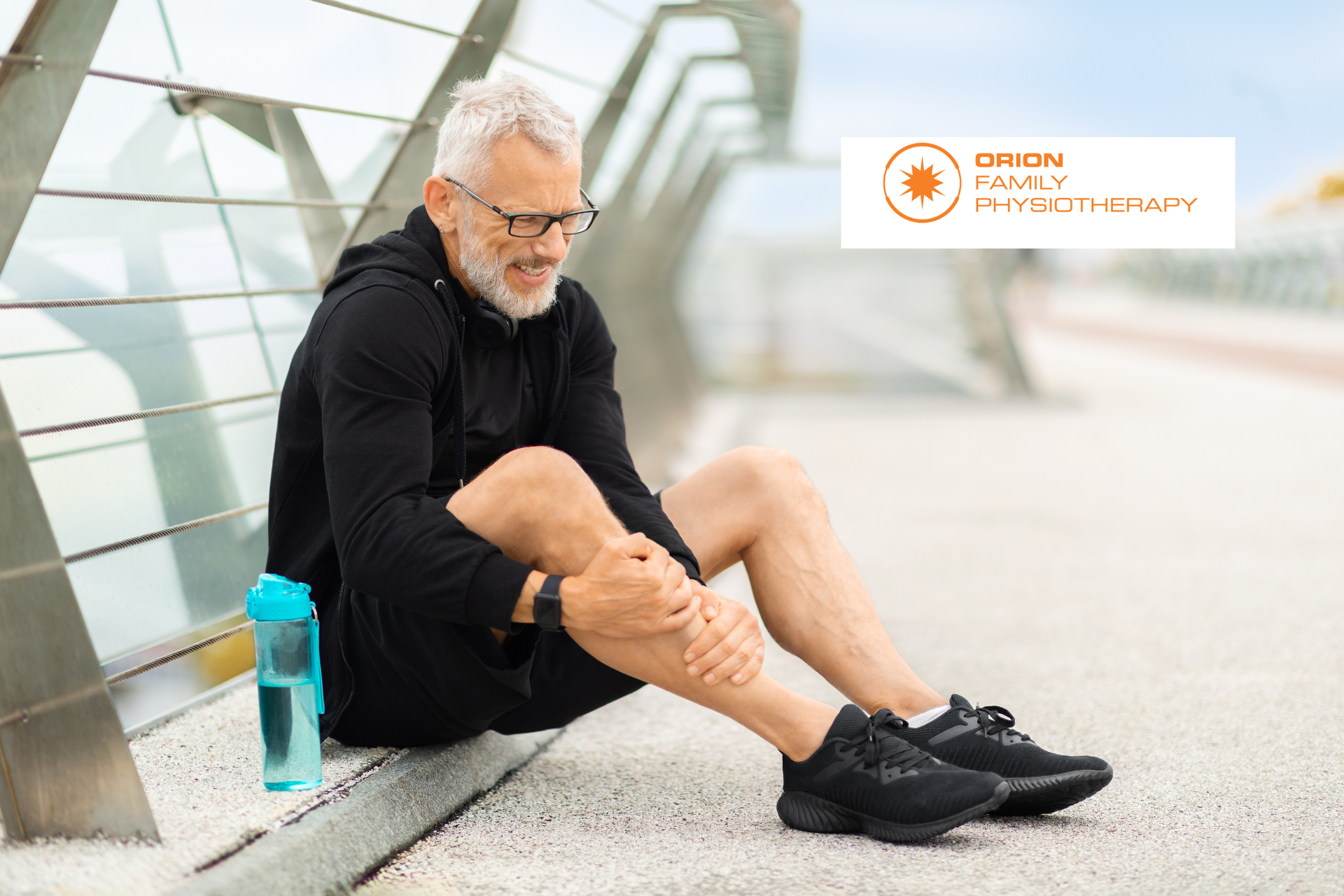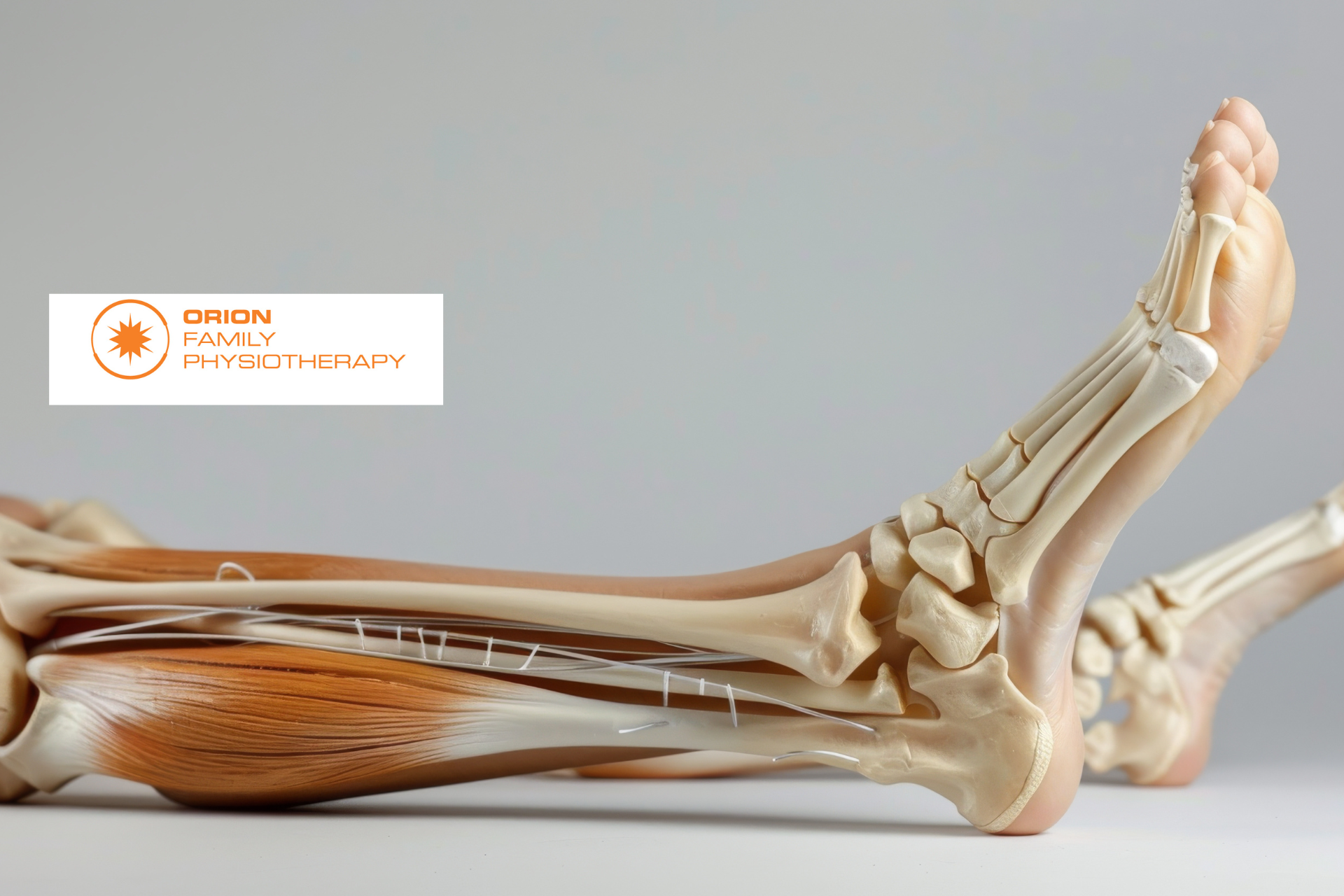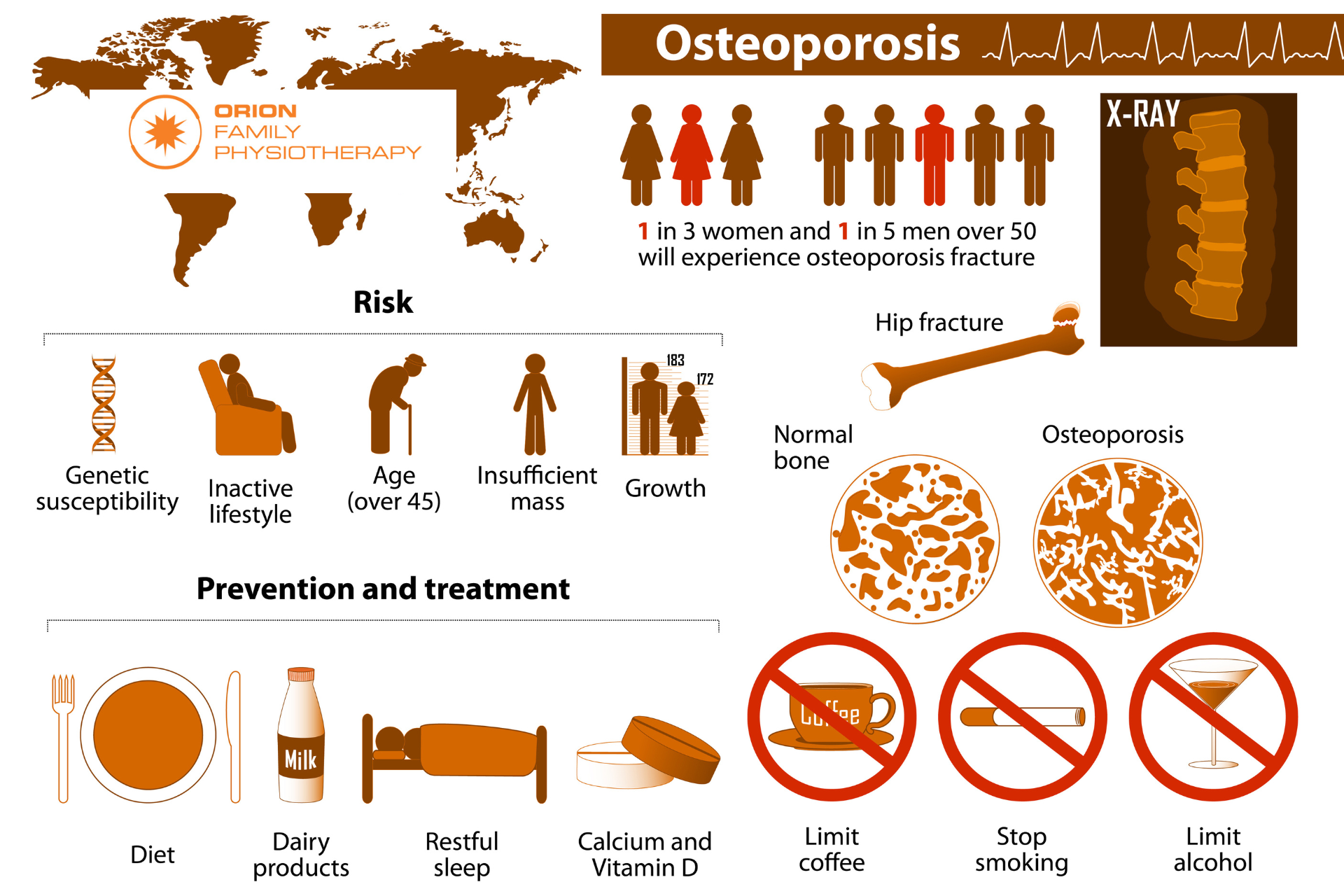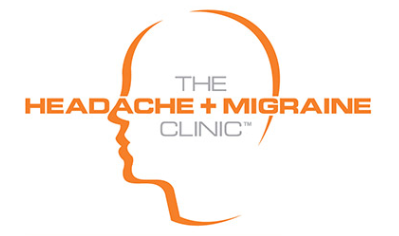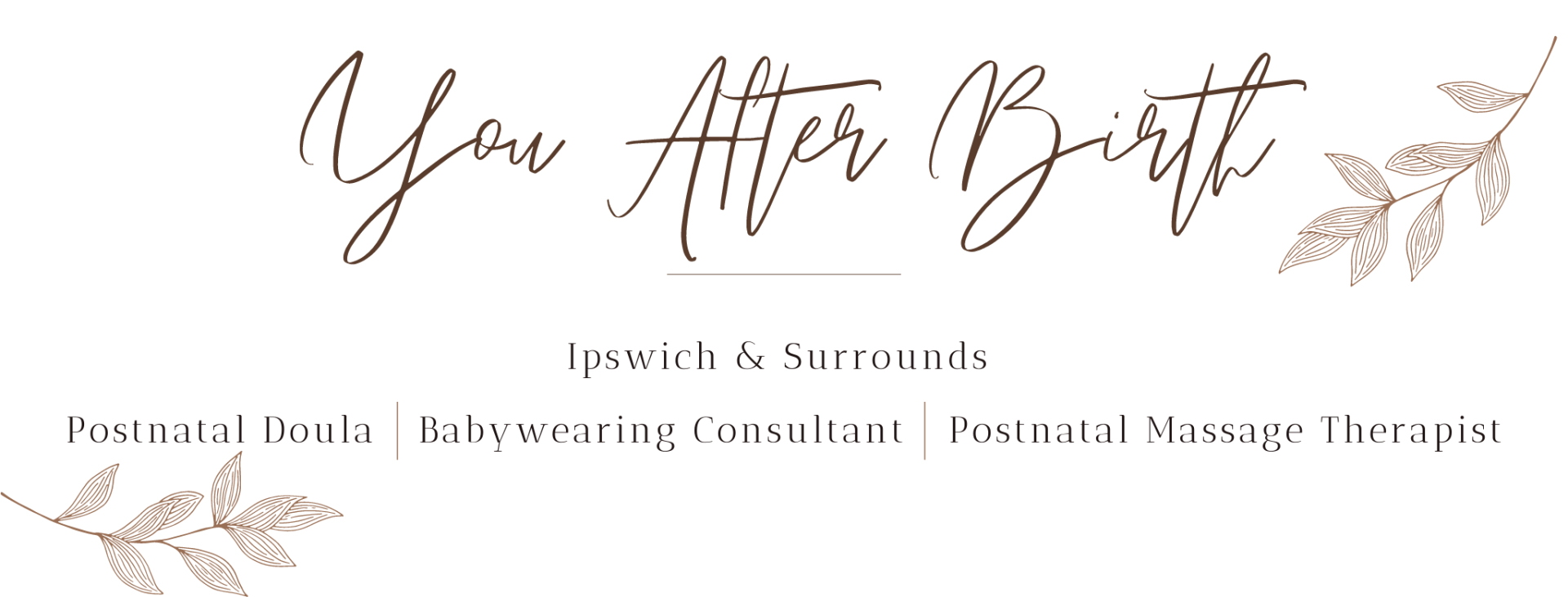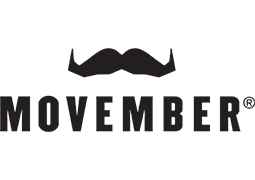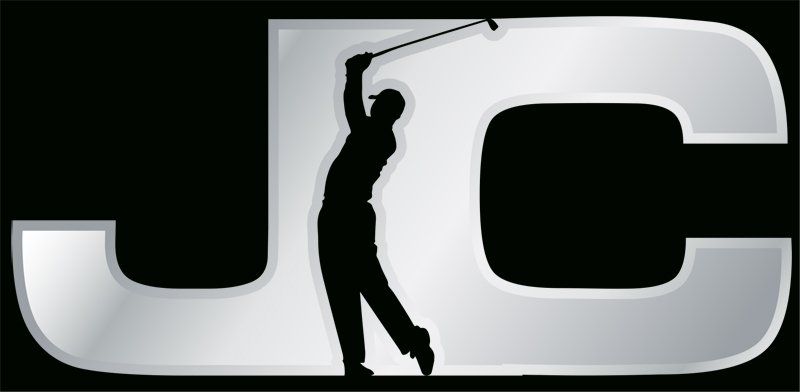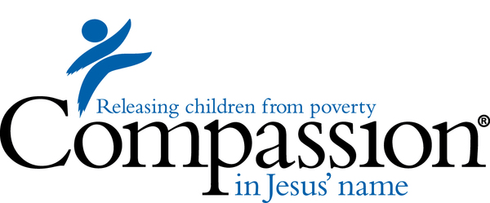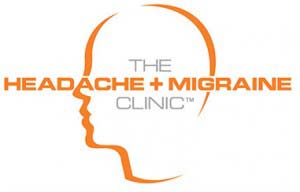Chronic/Persistent Pain
July 17, 2019
CHRONIC/PERSISTENT PAIN
Living with daily pain is a nightmare. It can just dominate your life and drag you down. At OFP we have an expert team of Allied Health Professionals that provide solutions not just services. From Physiotherapy and Massage therapy to Acupuncture and from dietitian to Exercise Physiology we have got you covered. We will help you take the next right step on your health journey and help you walk out of pain – minimising the impact chronic pain has on your life.
Although this can be challenging sometimes, new research into chronic pain and the emerging science of neuroplasticity reveals it is possible to effectively manage and even relieve chronic pain by learning new skills, attitudes and strategies whilst “turning down” nerve sensitivity with many drug-free interventions.
Because of the complex neuromatrix of pain, persistent pain is strongly linked to the emotional centres in the brain, the body and a sensitised cortex (body map) for that body part in the brain.
No wonder when you are in chronic pain you feel stress, anger and frustration – not to mention all the stress from the growing disruption of your lifestyle due to unmanaged pain. As you gradually do less of your “usual” activities, it is easy to lose a sense of just who you are and this will also increase stress, and as your body deconditions from less positive activity, tension builds and the persistent pain cycle continues.
Fear is also a common emotional response in a chronic pain cycle. It is normal to be fearful when you do not understand what is happening to you or in your body and to be fearful to move and resume normal activities when you are in chronic pain. However, your Physiotherapist will be able to help reduce the fear by a competent and real world explanation of current pain science / neurophysiology and help guide you into the right (type and volume) of activities and develop and individual treatment plan with you.
Physiotherapists are experts at advising how to make staged and meaningful changes to your lifestyle to reduce chronic pain. As well as using the right mix of hands-on and hands-off interventions to help the brain and body resume normal sensitivity levels and activity.
Learning not just “what” but “how” to make small positive changes in both the brain and body together will be important as it will improve your quality of life and enable you to be involved in many activities you love again.
The first step in taking charge of chronic pain is hearing the story of how the pain began. It is important for you and us to learn as much as we can about your condition so we can educate you further and provide real, non-pharmacological solutions to your persistent pain including:
One of things the research says over and over is a combined therapy approach is the only way to win against chronic pain. The research also reveals a mind-set shift is critical for those who hope to break free and no longer suffer chronic pain. As the nervous system becomes over stimulated and sensitised and drive the chronic pain cycle – De-sensitising the brain and body together is the key.
Stress is not only associated with Chronic Pain, but can be a main driver and factor in persistent pain. What is the single most important thing you can do to relieve stress?
If you are in Chronic Pain cycle, You need a caring and competent health professional who will listen to your story and help YOU walk out of pain!
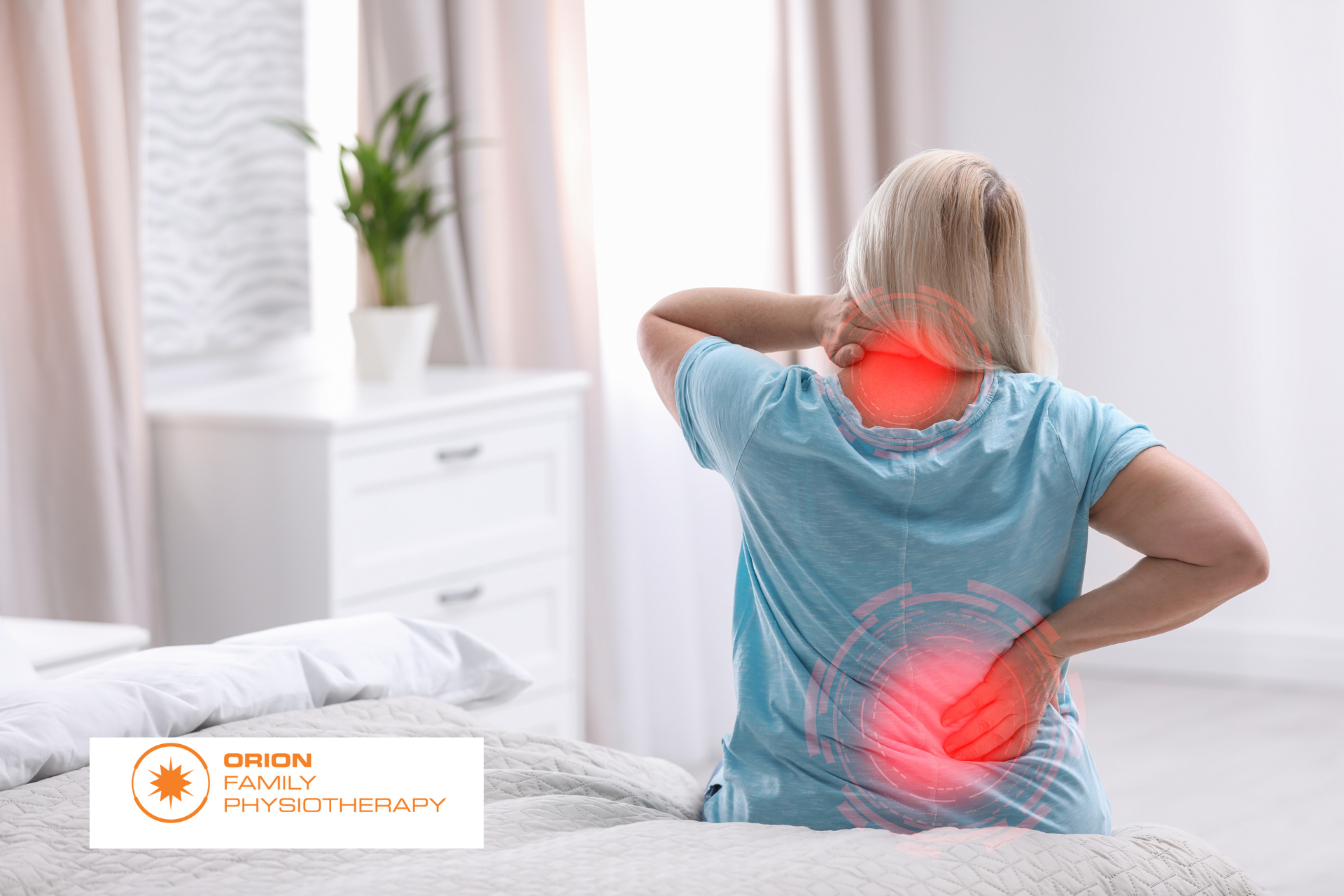
Most tissues in the body have healed completely in six to 12 weeks following an injury, however, many people have severe pain that lasts much longer than this. We know that the intensity of the pain you feel is not always associated with a similar amount of damage. In some cases, there can be a severe amount of pain with almost no detectable damage. With this in mind, we explore some reasons why your pain might not be getting better, long after the tissues have healed. You’re afraid of the pain. Pain can mean many different things, for some of us pain can affect our ability to work or can be a symptom of a serious disease. What you believe about your pain can either amplify or reduce the symptoms you experience. If you feel that every time you experience pain you are causing more damage, you will naturally pay more attention to this and your nervous system will amplify the signals in an attempt to keep you safe. If you understand the cause of your pain and know that while there is discomfort, you are not in danger of causing more damage, often the pain will feel less severe. This is one of the benefits of seeing a physiotherapist after your injury as they can help you to understand your pain, giving you more control over your recovery. You started moving differently after the injury. Immediately after an injury, it’s natural to change the way you move to avoid painful movements. After a while, these changed movement patterns can become maladaptive and actually begin to cause pain and discomfort on their own due to the altered stress patterns placed on your body. Correcting these adaptive movement patterns can often go a long way in reducing pain after an injury. You might not have noticed these changes and might need a physiotherapist to identify and help you to return to your usual movement pattern. You have lost muscle strength since the injury. While a certain amount of rest following an injury is always helpful, if we stop moving altogether, our muscles can lose strength. This can mean that our posture changes, we fatigue easier during our usual activities and that we are more susceptible to further injury. Less movement also means we actually focus on the pain more when it does happen. Physiotherapists are able to advise you on the right types and amounts of excercise for you in the period following your injury. The pain has affected your lifestyle. When pain affects your ability to sleep, work and even concentrate, it’s not surprising that this can have a negative affect on your overall wellbeing and mental health. This can create a negative cycle of anxitey and depression that perpetuates and increases the experience of pain. If your pain is really getting you down, speaking to a mental health professional can actually be a valuable part of your physical recovery
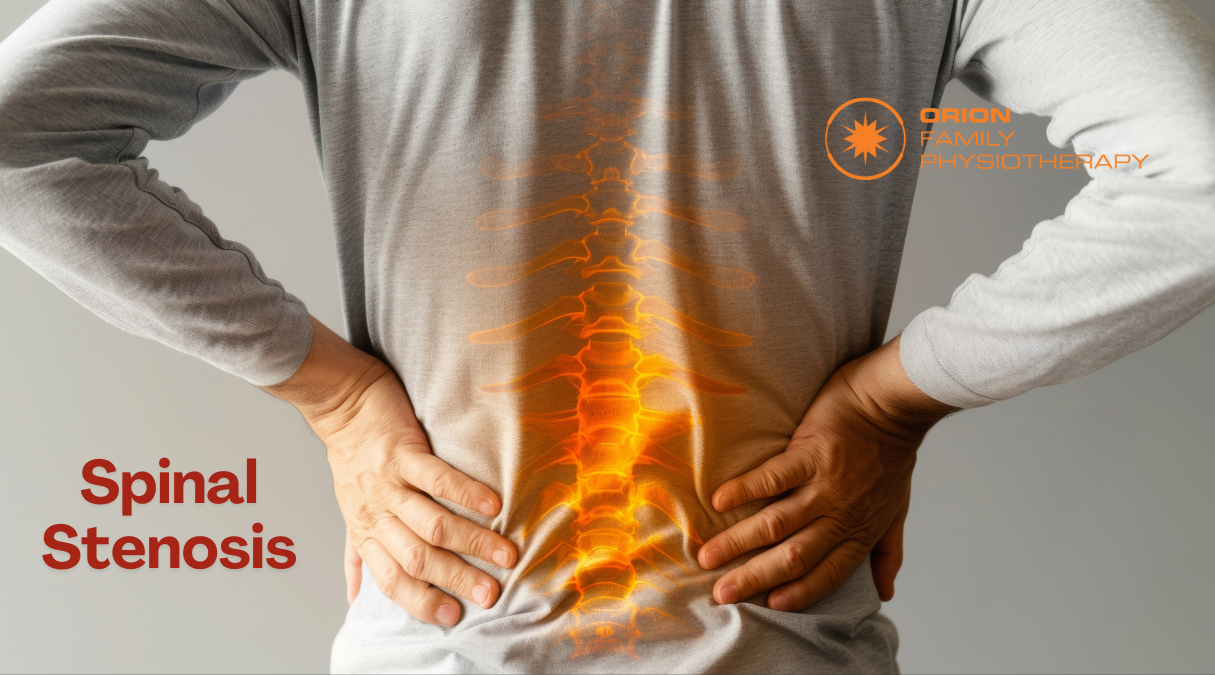
What is spinal stenosis? The spinal cord, nerves and arteries are housed by the spine, which acts as a hard electrical casing to support and protect these vulnerable structures. The spine has a hollow column that allows the spinal cord to run from the brain to the rest of the body. At each spinal segment, nerves exit the spine and supply the tissues of the body. There is also an intricate network of small veins and arteries that provide blood to the spinal cord and vertebrae, providing them with the nutrients needed to operate. Spinal stenosis is characterized by a narrowing of the spaces that house the spinal cord, nerves and blood supply. A variety of factors can cause spinal stenosis, however overwhelmingly it is caused by degenerative changes to the spine as we age. Many people over the age of 60 will have spinal stenosis; however, not all will have pain. Clinically, spinal stenosis is used to describe the painful symptoms of this condition rather than just the narrowing itself.
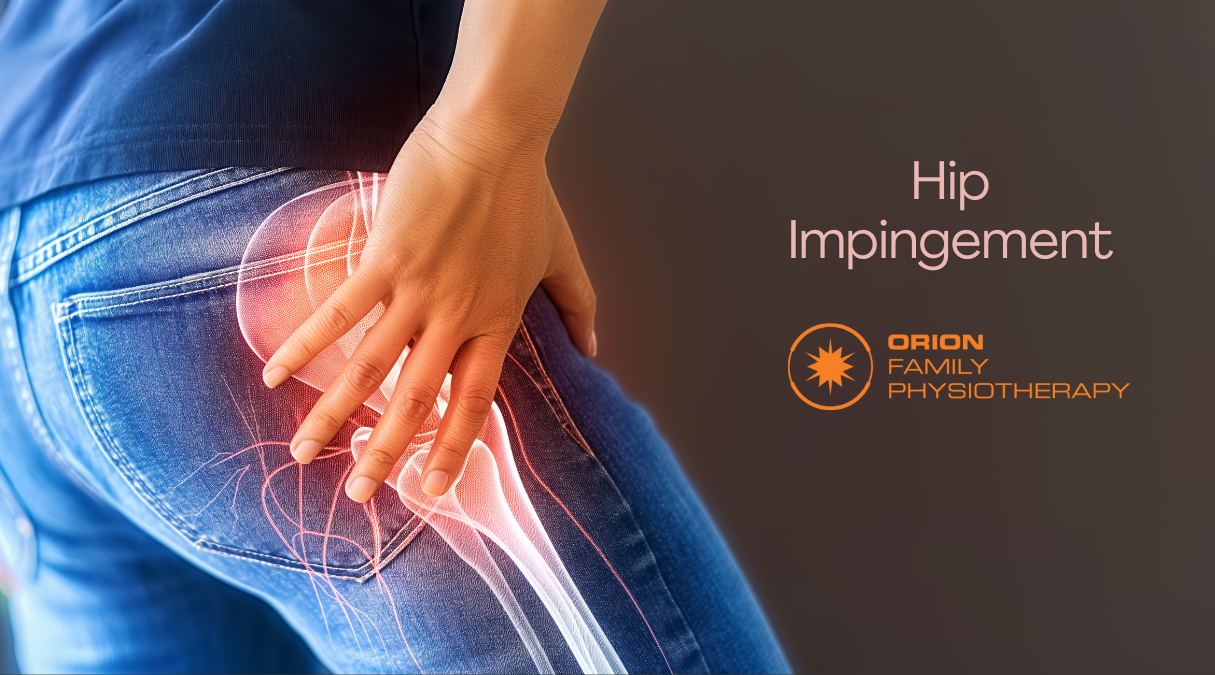
What is it? When the two surfaces of the hip joint move over each other, they usually move freely without any friction. If there is an alteration to either the socket part of the joint (the acetabulum) or the ball (the head of the femur), irritation may occur as the two surfaces move over each other. This is known as Femoroacetabular impingement, a common disorder of the hip, characterized by pain and stiffness. Femoroacetabular impingement can be classified as cam, pincer or mixed. A cam FAI occurs when the femoral head junction is flattened or a small bump is present. Pincer type of impingement occurs when the acetabular rim extends slightly, causing the femur to be impacted. Cam impingement is more common in men while pincer impingement is more common in women. However, most cases of FAI (about 85%) are mixed, meaning they both have cam and pincer types of impingement.
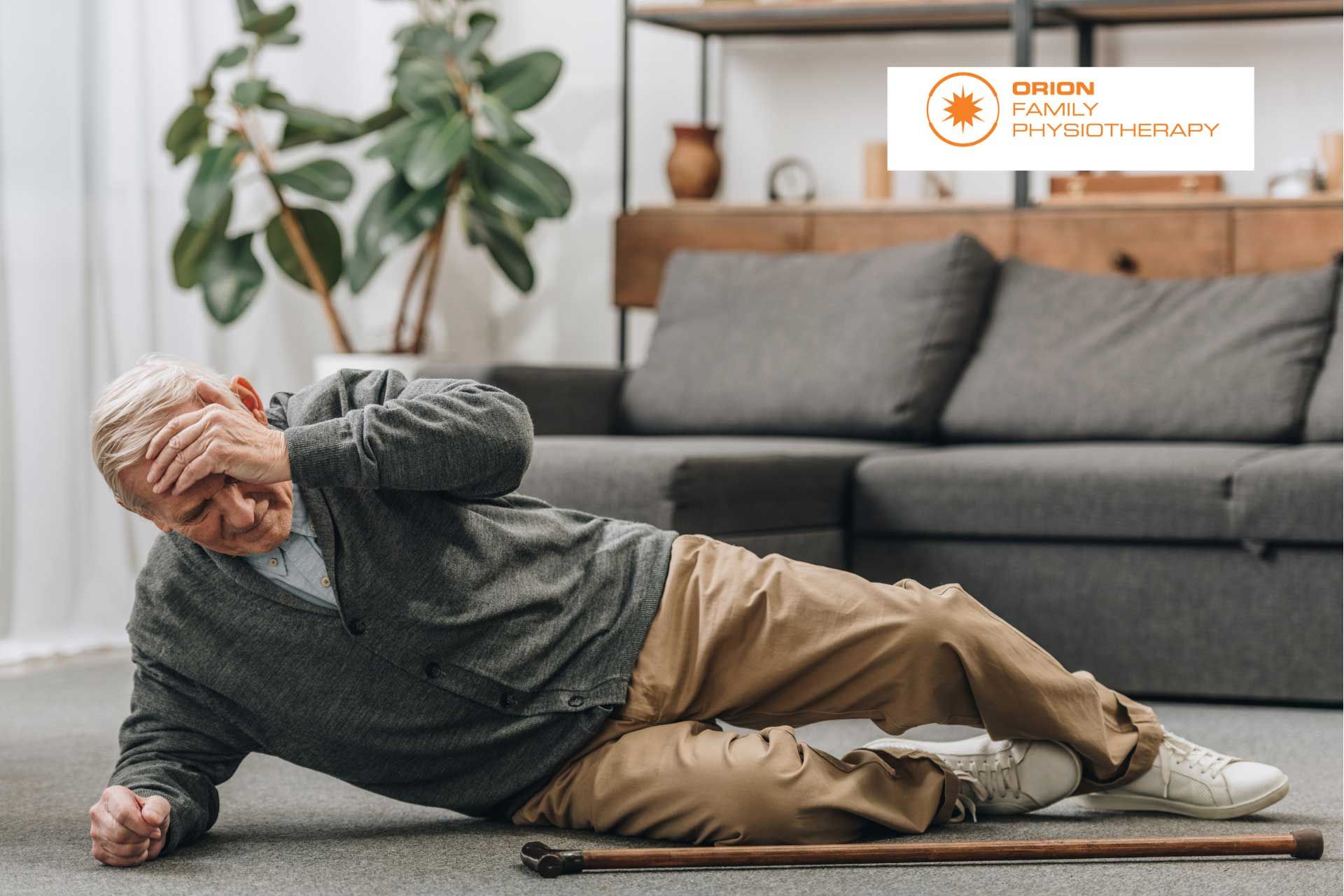
Ankle sprains are one of the most common sporting injuries and most people have experienced one at least once in their lifetime. While they are common, this doesn’t lessen their negative impacts. Surprisingly, having poor balance might be increasing your risk of ankle sprains. Here we discuss a few facts about balance and what you can do to reduce your risk of ankle injuries.
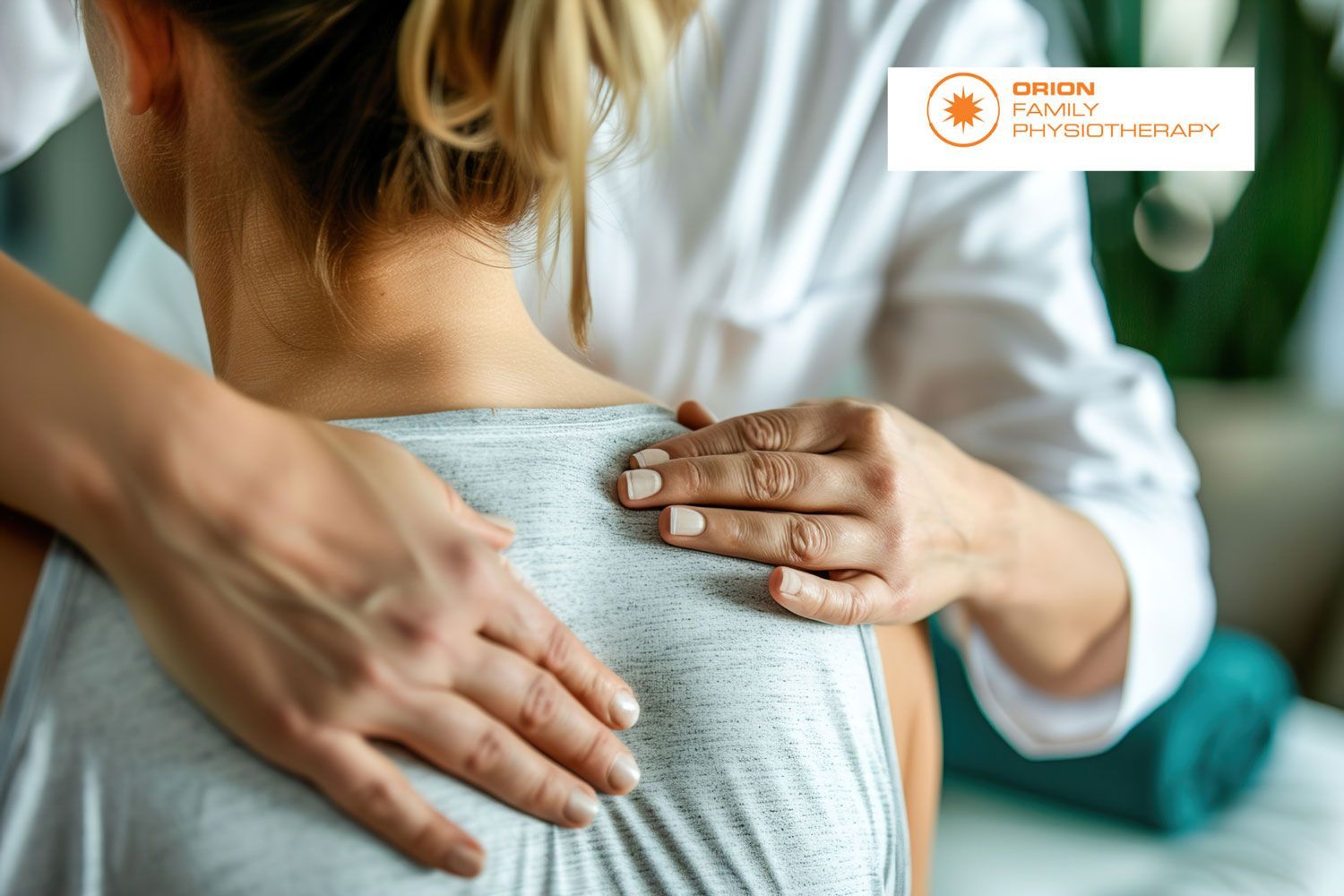
What Are They? Muscular trigger points are better known to most of us as muscle knots and can feel like painful, hard lumps located inside muscles. These knots can both be painful to touch and refer pain in surrounding areas. It is thought that trigger points form when a portion of muscle contracts abnormally, compressing the blood supply to this area, which, in turn, causes this part of the muscle to become extra sensitive. Trigger points are a common source of pain around the neck, shoulders, hips and lower back.
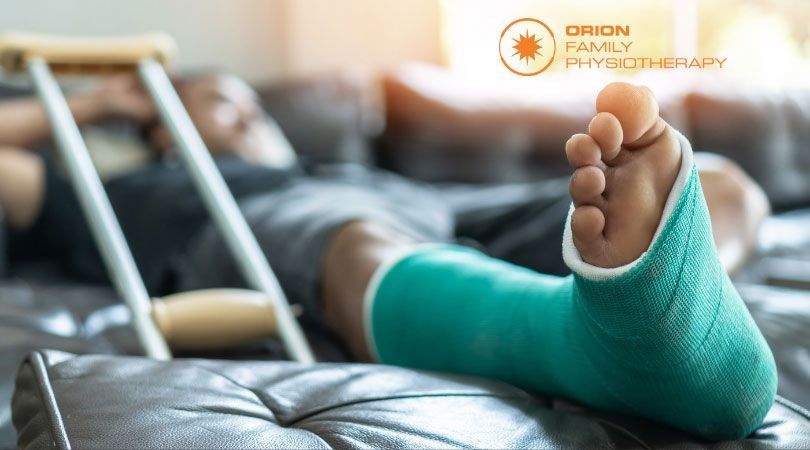
When injury strikes, the first thing that most of us want to know is ‘how long will this take to heal?’ Unfortunately, the answer to this can be complicated and requires at least a little understanding of how the different tissues of the body heal. Each of the tissues of the body, including muscles, tendons, ligaments and bone, heal at different speeds and each individual will have some variation on those times as a result of their individual health history and circumstances.




